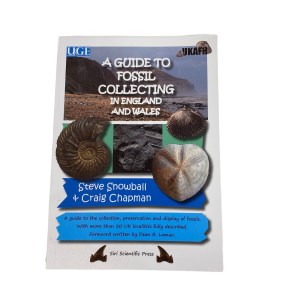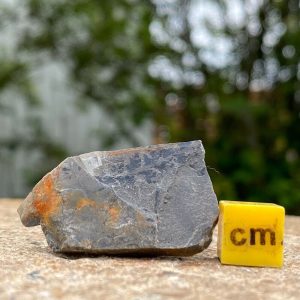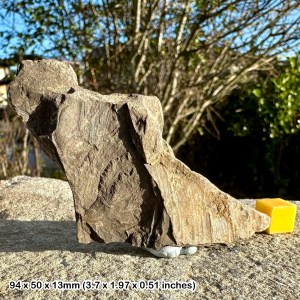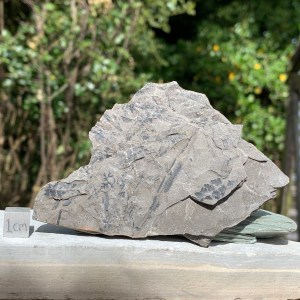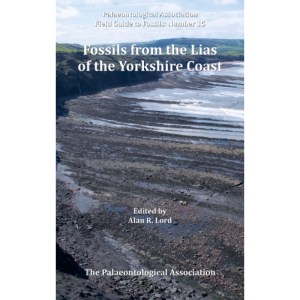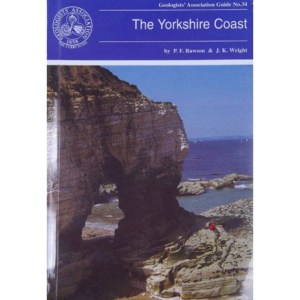Hayburn Wyke is a superb location in Yorkshire for finding fossil plants. There are not many people who are aware of this location, due to it being missed out from the highly popular Yorkshire Geological Guide published by the Geologists’ Association.
DIRECTIONS
♦ You will need to head towards the Hayburn Wyke Hotel. From the A171, turn off at Cloughton towards Crowdon.
♦ Park here and follow the footpath to Hayburn Wyke. It is a steep drop to the beach, where you can walk either north or south.
♦ Ref: 54.35949°N, 0.44689°W
PROFILE INFO
FIND FREQUENCY: ♦♦♦ – Hayburn Wyke yields excellent plant remains, but you will have to work for them. Be sure to take a hammer and chisels to split the beds.
CHILDREN: ♦♦ – It is difficult to get to the shore at this location, as there is quite a drop and therefore it is not suitable for children.
ACCESS: ♦♦ – Access to the shore at Hayburn Wick can be difficult due to a large drop by the waterfall. There is also quite a long walk to the shore.
TYPE: – Most of the fossils can be found within the boulders on the foreshore, but they can also be seen in the layers within the cliff face.
FOSSIL HUNTING
Both north and south of the waterfall at Hayburn Wyke are good areas to collect. You will need to examine the boulders on the beach, the foreshore exposures and the cliff face, as plant remains can be found in all of these. Hayburn Wyke is excellent for plant remains, which are very well preserved. The following is a list of fossil plants that can be found:
Baiera furcate – Rare
Brachyphyllum mamillare – common
Clathropteris – Rare
Coniopteris simplex – Abundant
Coniopteris hymenophylloides – Common
Coniopteris murrayana – Rare
Czekanowskia furcula – Rare
Elatocladus laxus – Rare
Equisetum columnare – Rare
Geinitzia regida – Rare
Ginkgo huttoni – Rare
Klukia exilis – Rare
Lindleycladus lanceolatus – Rare
Matonia braunii – Rare
Nilsonia compta – Rare
Nilsonia syllis – Rare
Otozamites graphicus – Rare
Otozamites gramineus – Rare
Otozamites tenuatus – Rare
Pachypteris lanceolate – Rare
Phlebopteris woodwardii – Rare
Pterophyllum thomasii – Rare
Sphenobaierapecten – Rare
Todites princeps – Rare
Zamites gigas – Common
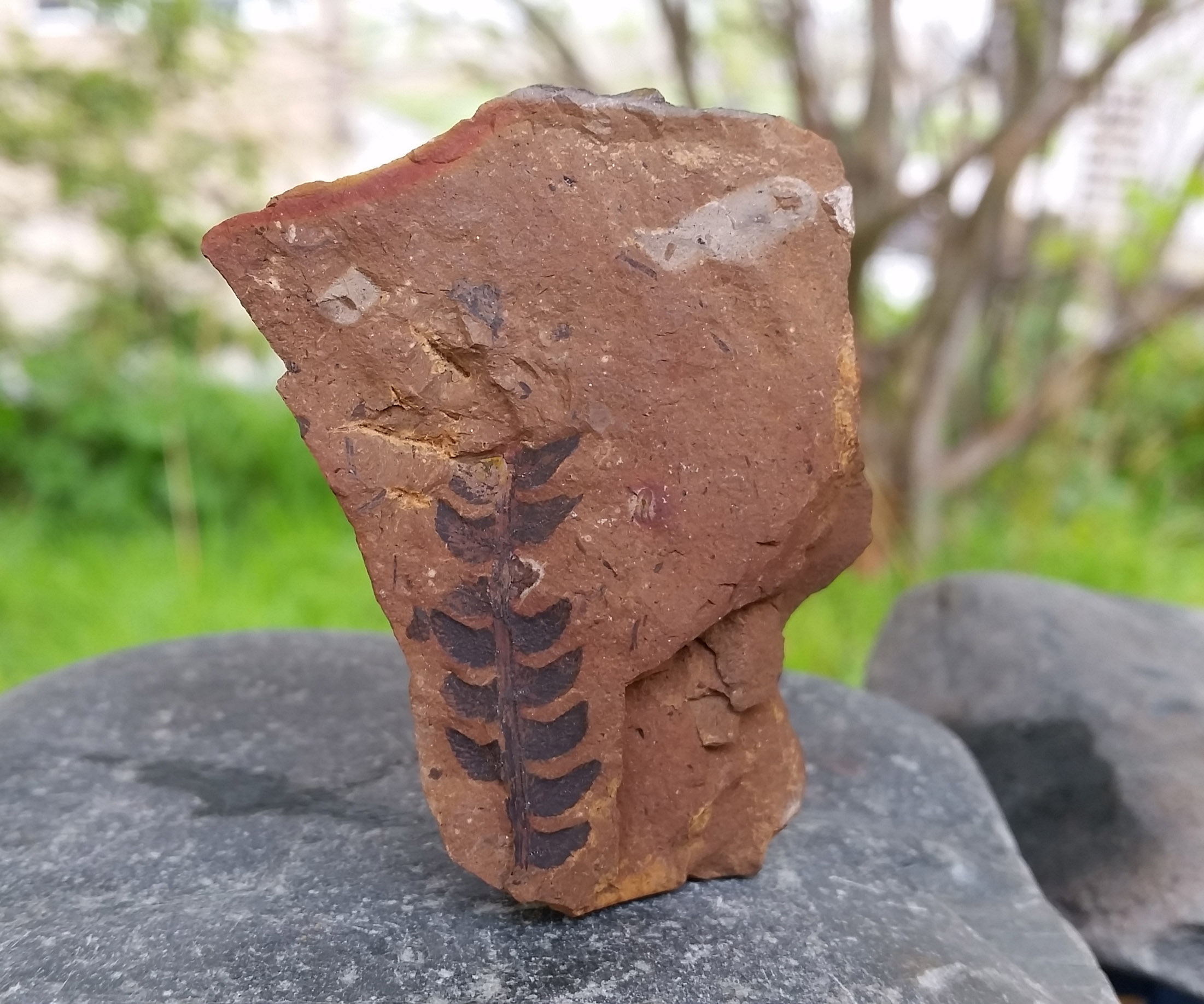

GEOLOGY
At Hayburn Wyke, the Hayburn Wyke Plant Bed (part of the upper Saltwick Bay Formation) of Aalenian age, yields many fossil plant remains. The unit dips very gently south, bringing the overlying marine Eller Beck Formation close to beach level at Iron Scar. However, exposures of the Saltwick Formation are rather scattered and often overgrown or covered by landslip.

SAFETY
Common sense when collecting at all locations should be used and knowledge of tide times is essential. Keep away from the cliff face, as falls can be quite common along this coastline. It is also very easy to get cut off from the tide, so ensure you return before the tide turns.
EQUIPMENT
Most of the fossils are found by splitting rocks that contain the plants. You will need hammers for this trip.
ACCESS RIGHTS
This site is a site of special scientific interest (SSSI). This means you can visit the site, but hammering the bedrock is not permitted. For full information about the reasons for the status of the site and restrictions, download the PDF from Natural England
It is important to follow our ‘Code of Conduct’ when collecting fossils or visiting any site. Please also read our ‘Terms and Conditions‘
LINKS
♦ Buy Fossils, Crystals, Tools
♦ Location Discussions
♦ Deposits Magazine
♦ Join Fossil Hunts
♦ UK Fossils Network
-
A guide to fossil collecting in England and Wales
£24.20 -
British fossil plants coniopteris hymenophyllois, jurassic
£5.40 -
Coniopteris hymenophylloides – jurassic plant fossils, yorkshire, uk
£11.76 -
Coniopteris hymenophylloides – Yorkshire Plant Fossils, Jurassic
£9.60 -
Fossils from the Lias of the Yorkshire Coast
£19.00 -
The Jurassic Flora (Fossils) of Yorkshire
£23.00 -
The Yorkshire Coast
£23.90


















